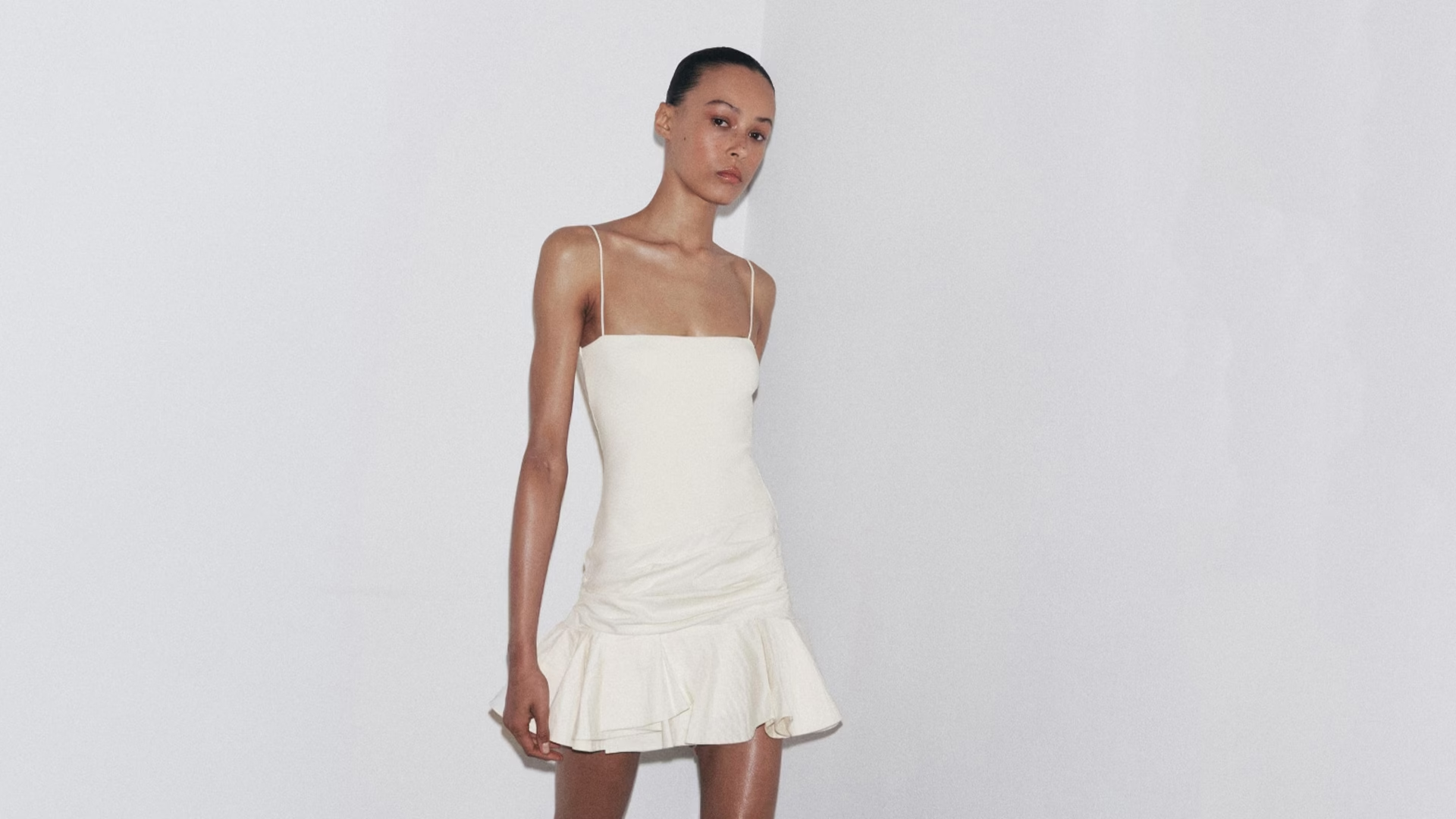Rabat – Slick back buns, poses and shadows led to two adverts from the clothing brand Zara being banned by the Advertising Standards Authority (ASA.)
The advertised images were ruled “irresponsible,” and the watchdogs enforced that Zara must ensure that all images were “prepared responsibly.”
Zara has removed the adverts from all platforms, including the retail app and website, despite claiming they had not received any direct backlash. The ASA further investigated other Zara adverts but did not find them inappropriate.
The ASA said that the first image made the model look “gaunt” because of the image’s shadows and clean hairstyle choice.
The model is seen wearing a short dress, which the ASA said shadows were utilized to create “noticeably thin” legs. Further promoting an unhealthy diet was the positioning of her arms that made the model look “out of proportion.”
For the second image, a combination of the model’s pose while dressed in a low-cut shirt highlighted her “protruding” collarbones, which was the “focal feature” of the advert, per the ASA.
Zara claimed the images had no further tempering beyond “very minor lighting and colouring edits.”
Zara stated that they followed the Fashioning a Healthy Future report published by the UK Model Health Inquiry, including the recommendation that models “should provide a medical certificate attesting their good health from doctors with expertise in recognising eating disorders.”
Zara reported both models had medical certification indicating good health at the time of the photo shoots.
Other large retail companies were held accountable earlier this year for showcasing visibly too-thin models.
In July Marks & Spencer was called out for “unhealthily thin” models and their ad was banned by the ASA, calling the ad “irresponsible” for the choice of clothing and poses emphasizing the models’ slenderness.
Next’s blue skinny jeans advert was also banned by the watchdog for certain usage of camera angles. Next disagreed with the call out,s saying ASA is misinterpreting unhealthy bodies with “toned physique.”
These circumstances have sparked conversation on promoting unhealthy bodies as skinny models were being called out, while adverts featuring overweight models were never questioned.
Snag online clothing brand receives over 100 complaints daily about their models being “too fat”, Snag shares in an interview with the BBC. Online debates heated about whether “unhealthily fat” models should be banned, similarly to “unhealthily things.”
The Advertising Standards Authority responded to the debate, saying ads with underweight models are banned while overweight models are not because members of society aspire to be thin.
An individual shared their opinion online, saying that “there should be fairness, not politically correct body positivity. Adverts normalising an unhealthy weight, be it obese or severely underweight, are equally as harmful.”
Sophie Scott, a model for Snag, shares that she has received both negative and positive comments about her figure.
“People say ‘you’re glorifying obesity’ but I don’t think anyone is looking at me and saying ‘I want to look like that’. Perhaps some people are looking at me and saying, ‘she has a similar body type to me’.
When I get a message from someone saying, ‘we are the same size and you’ve inspired me to wear what I want’, it takes away from every hate comment I get. If I’ve helped one person accept their body, then the hate comments don’t really bother me,” shares the 27-year-old model.
Fashion journalist Victoria Moss explains that the issue with the adverts focusing on unhealthily underweight girls is that individuals with eating disorders look for images of thin people. On the contrary, “if anyone sees a picture of a bigger person, they’re not going to drive to buy 10 McDonald’s to try to get fatter,” describes Moss.
Zara is just one of the many clothing companies starting to get exposed for displaying models with unhealthy bodies. The ASA claims it will continue to investigate adverts, banning commercials encouraging people to aspire to an unhealthy body weight, while ignoring those simply promoting body confidence.
As the argument for unhealthy and unrealistic body types heats up, a new supermodel rolls in just in time. Big, blonde, and beautiful- but fake. Vogue just featured the first-ever AI-generated person in their August edition magazine. What is the future of print models going to look like?
















